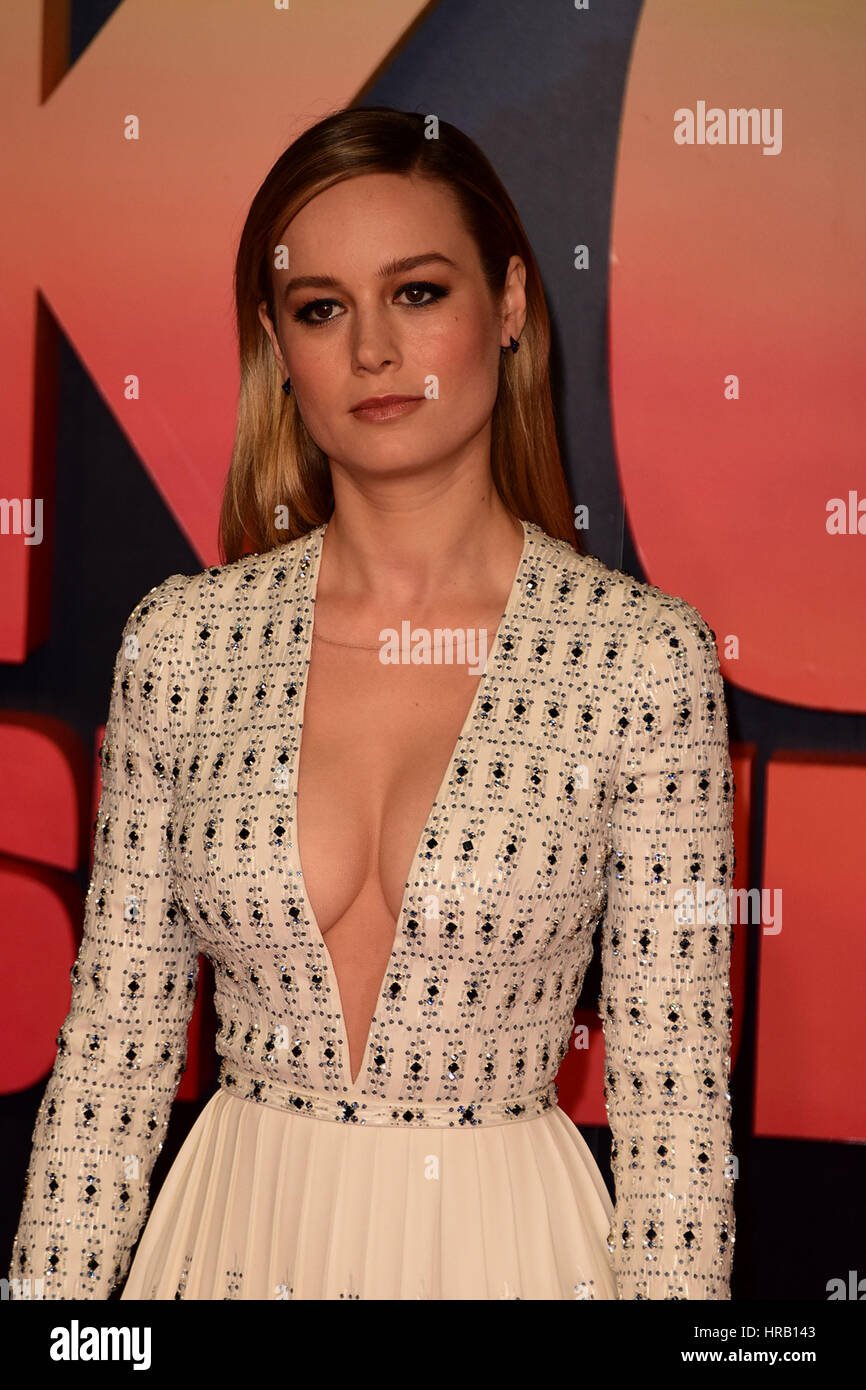A critical look at Brie Larson’s West End debut in ‘Elektra,’ examining the production’s strengths, weaknesses, and overall reception.
Brie Larson, known for her role as Captain Marvel in the Marvel Cinematic Universe, recently starred in Daniel Fish’s production of Sophocles’ Greek tragedy, ‘Elektra,’ at the Duke of York’s Theatre in London’s West End. This marked a significant departure for Larson, transitioning from Hollywood blockbusters to a classic theatrical role.
Production Overview
Daniel Fish’s ‘Elektra’ presents the titular character as a rebellious teenager seeking revenge for the murder of her father, Agamemnon, by her mother Clytemnestra (played by Stockard Channing) and Aegisthus (Greg Hicks). Larson’s Elektra is portrayed with a shaven head, dressed in jeans and a Bikini Kill T-shirt, and performs with a microphone, distorting her voice to emphasize her anger and frustration. The production incorporates modern elements, such as costumes with running shoes and news flashes to report the final bloodshed.
Critical Reception
Reviews of Larson’s performance and the overall production were mixed to negative. Critics noted that the casting of Hollywood stars in classic roles seemed misconceived. Robert Gore-Langton of The Mail on Sunday described the production as one where Greek tragedies have ‘never looked so bonkers – or less tragic’. Larson’s performance was characterized as a ‘one-note grump’.
Dominic Maxwell in The Times criticized the production as ‘gimmicky’ and ‘avant-garde,’ suggesting that Larson, despite being a ‘gifted’ performer, was let down by Daniel Fish’s direction. The use of a microphone to amplify and distort Elektra’s voice was seen as contributing to the character becoming a ‘raging bore’.
Strengths and Weaknesses
One redeeming feature noted by Susannah Clapp in The Observer was Anne Carson’s new translation of the play. Carson’s verse was described as caustic, forceful, and filled with memorable images. However, the overall impression was that the production felt more like a rehearsal room experiment than a fully realized show.
The production’s strengths included its concise 75-minute runtime and the incorporation of theatrical flourishes, such as Orestes’ disguise as a Formula One driver. However, critics felt that the production prioritized style over substance, failing to fully explore the depth and complexity of the original tragedy.
Broader Context
Larson’s appearance in ‘Elektra’ is part of a broader trend of Hollywood actors taking on roles in West End productions. This trend is driven by a combination of factors, including the financial challenges of producing theatre and the availability of Hollywood stars seeking to enhance their artistic reputation. However, the success of these productions often depends on whether they are the result of organic artistic development or simply cobbled together for commercial reasons.
The article suggests that productions like ‘Elektra’, which rely heavily on star power, may not always resonate with audiences or critics if they lack a coherent artistic vision. In contrast, productions that are the result of an artist’s evolution or a theatre’s savvy programming tend to be more successful.
Sources: https://thecrushbar.substack.com/p/what-is-with-all-these-terrible-greek
https://www.westminsterextra.co.uk/article/review-elektra-at-duke-of-yorks-theatre
https://theweek.com/culture-life/theatre/greek-tragedy-do-hollywood-stars-have-a-place-in-the-classics
